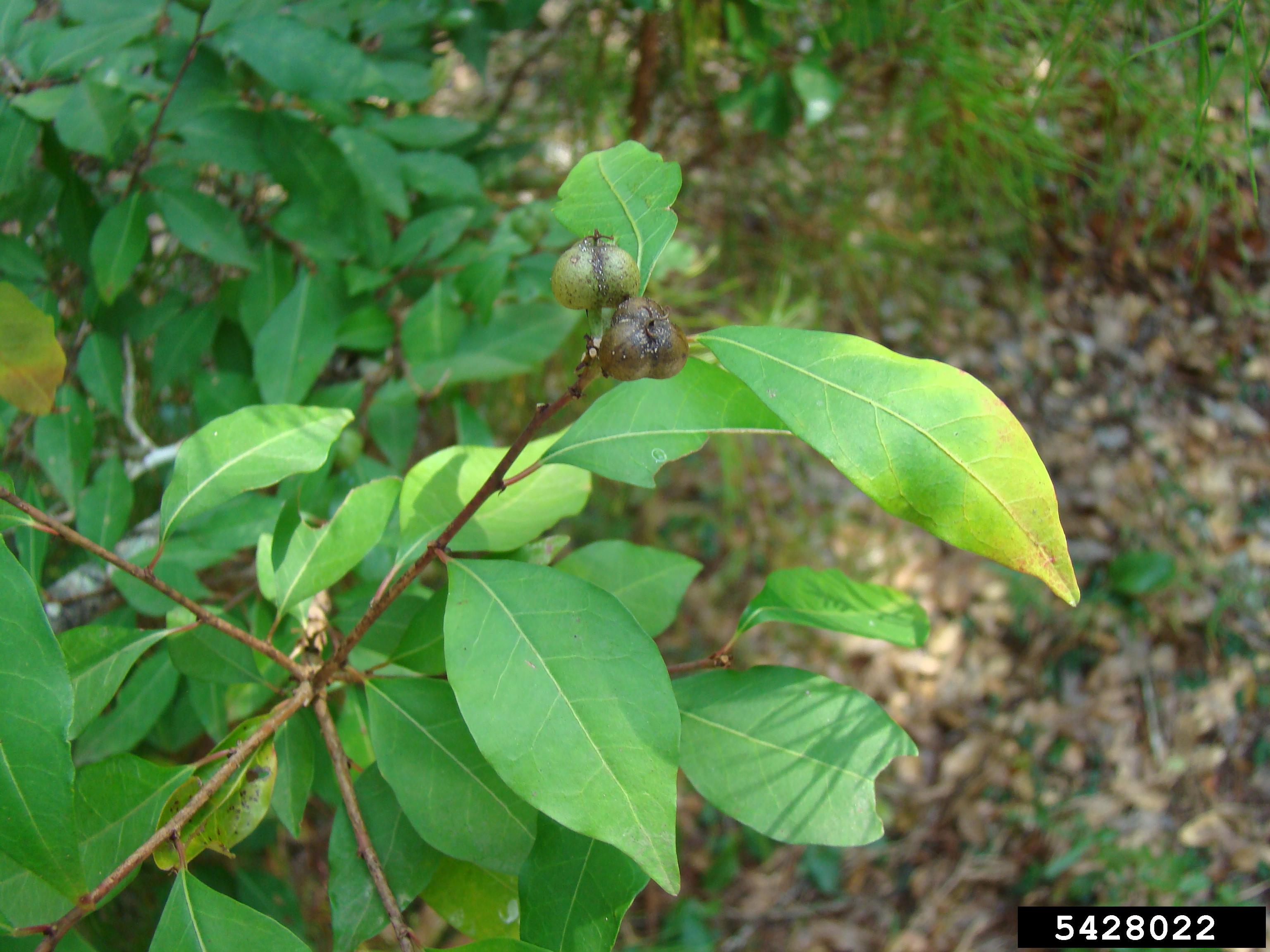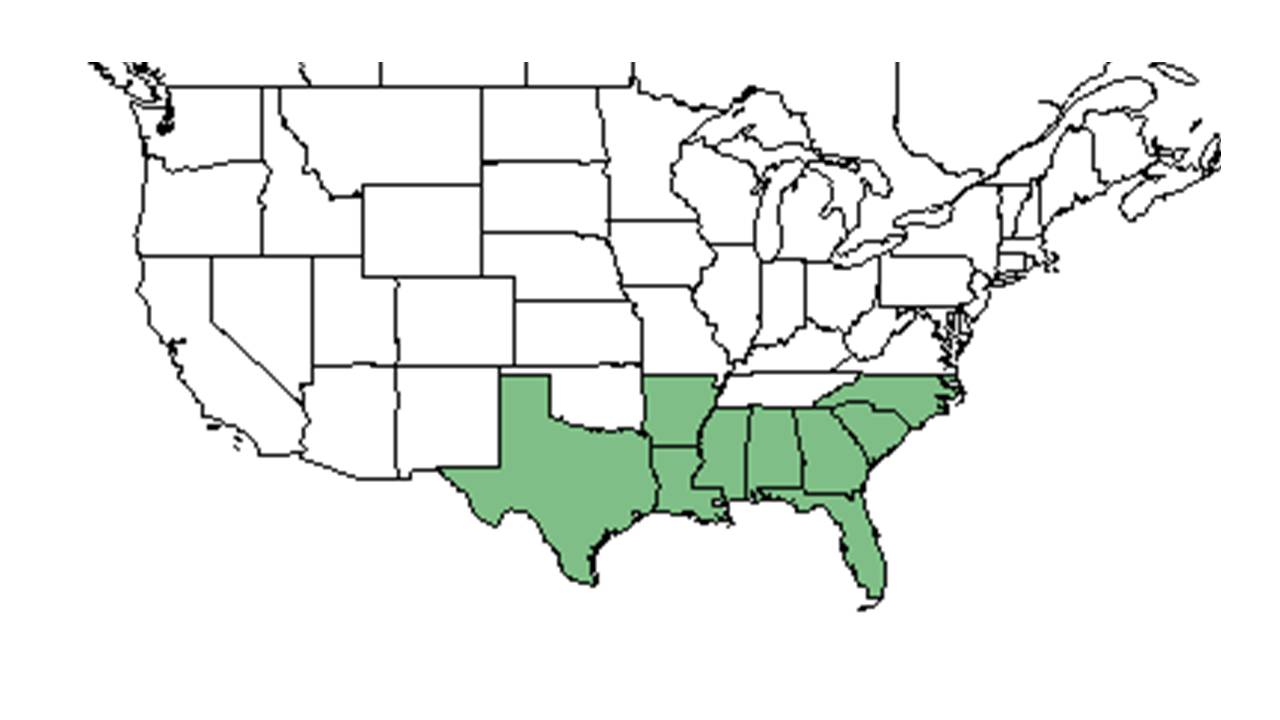Difference between revisions of "Ditrysinia fruticosa"
(→References and notes) |
(→Distribution) |
||
| Line 26: | Line 26: | ||
==Distribution== | ==Distribution== | ||
| + | ''D. fruticosa'' is native to the southeastern coastal plain from southeast North Carolina south to central peninsular Florida and west to eastern Texas.<ref name= "Weakley">Weakley, A. S. (2015). Flora of the Southern and Mid-Atlantic States. Chapel Hill, NC, University of North Carolina Herbarium.</ref> | ||
| + | |||
==Ecology== | ==Ecology== | ||
<!--===Habitat===--> <!--Natural communities, human disturbed habitats, topography, hydrology, soils, light, fire regime requirements for removal of competition, etc.--> | <!--===Habitat===--> <!--Natural communities, human disturbed habitats, topography, hydrology, soils, light, fire regime requirements for removal of competition, etc.--> | ||
Revision as of 15:48, 3 May 2019
| Ditrysinia fruticosa | |
|---|---|

| |
| Photo by Rebekah D. Wallace, University of Georgia, Bugwood.org | |
| Scientific classification | |
| Kingdom: | Plantae |
| Division: | Magnoliophyta - Flowering plants |
| Class: | Magnoliopsida – Dicotyledons |
| Order: | Euphorbiales |
| Family: | Euphorbiaceae |
| Genus: | Ditrysinia |
| Species: | D. fruticosa |
| Binomial name | |
| Ditrysinia fruticosa (W. Bartram) Govaerts & Frodin | |

| |
| Natural range of Ditrysinia fruticosa from USDA NRCS Plants Database. | |
Common name: Gulf Sebastian-bush
Contents
Taxonomic notes
Synonyms: Sebastiania fruticosa (W. Bartram) Fernald; Sebastiania ligustrina (Michaux) Müller of Aargau
Description
This description was published in 1964 stating, Ditrysinia fruticosa is a "monoecious shrub, 1.5-2.5 m tall. Leaves alternate, elliptic to lance-elliptic, 3-7.5 cm long, 0.8-3.5 cm wide, entire; petioles 2-10 mm long, ciliate toward apex and on base of blade, with a pair of glandular stipules at base. Racemes 1-4 cm long, pistillate flowers 1-5 at the base, staminate numerous above. Sepals 3; petals absent; stamens 3; stigmas 3. Each flower subtended by a bract, on each side of which occurs a large gland. Capsule 3-locular, 6-6.5 mm long, broader than long. Seeds light brown, ovoid, 4.5-5 mm long; caruncle obsolete."[1]
Distribution
D. fruticosa is native to the southeastern coastal plain from southeast North Carolina south to central peninsular Florida and west to eastern Texas.[2]